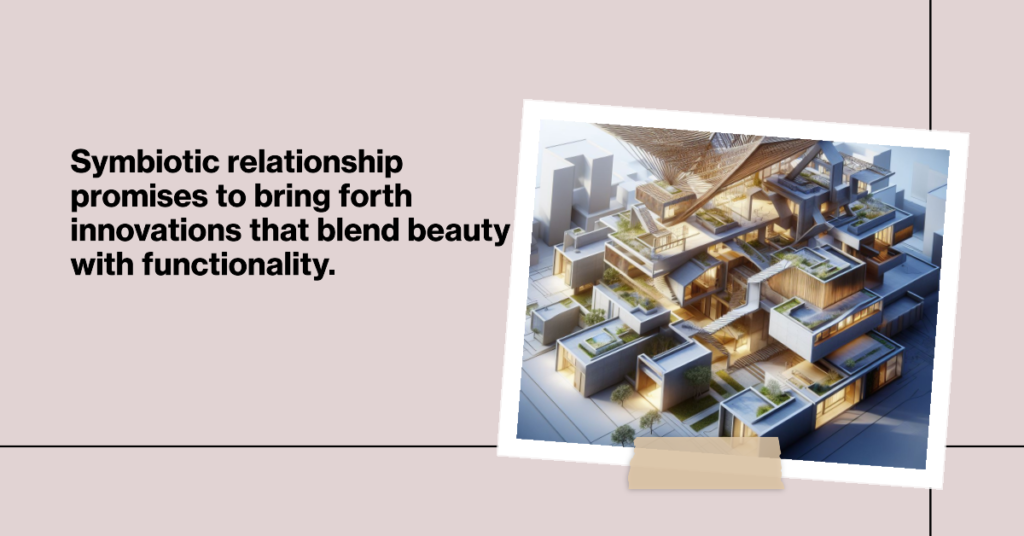
Architecture and roofing, two distinct facets of the construction world, share a deep-rooted connection that transcends mere functionality. Their interplay is a dance of form and function, aesthetics and practicality, innovation and tradition. This article delves into the symbiotic relationship between architecture and roofing, highlighting how they influence and elevate each other.
Aesthetic Harmony
The roof is not just a protective layer; it’s a defining element of a building’s silhouette. Whether it’s the sloping roofs of traditional cottages or the flat terraces of modern homes, roofing complements architectural styles, adding character and charm. For more insights into how aesthetics play a role in roofing, you can consult with our Brooklyn roofing expert.
Functional Integration
Beyond aesthetics, the roof plays a pivotal role in a building’s functionality. Architects and roof designers collaborate to ensure optimal insulation, ventilation, and water runoff. The roof’s design can influence energy efficiency, indoor comfort, and even acoustics. For a deeper understanding of roof maintenance, you might want to explore proactive Commercial roofing maintenance.
Material Choices
The choice of roofing material often mirrors architectural trends. For instance, the minimalist movement in architecture has led to the popularity of sleek metal roofs. The revival of traditional designs has brought materials like clay tiles and wood shingles back into the limelight. To make an informed decision on materials, you can read about choosing the right materials for commercial roofing.
Technological Innovations
Advancements in architectural technology often trickle down to Commercial roofing. For example, the use of computer-aided design (CAD) in architecture has enabled more precise and intricate roofing designs. Innovations like green roofs or solar-integrated roofs stem from architectural shifts towards sustainability.
Cultural Reflection
Roofs often reflect the cultural nuances of a region. The pagoda roofs of East Asia, the terracotta tiles of the Mediterranean, or the thatched roofs of rural Europe are all embodiments of architectural styles deeply rooted in cultural traditions.
Adaptive Reuse
As old buildings are repurposed, roofing plays a crucial role in preserving the architectural essence while adapting to new functions. Whether it’s converting warehouses into lofts or barns into homes, roofing bridges the past and the present.
Environmental Considerations
Architecture and roofing both respond to environmental factors. In regions prone to heavy snowfall, roofs are steeply pitched to prevent snow accumulation. In contrast, desert regions might feature flat roofs with extended overhangs to provide shade.
Evolution and Trends
Just as architectural styles evolve, so do roofing trends. The shift towards eco-friendly architecture has spurred the growth of green and sustainable roofing solutions. As skyscrapers redefine urban skylines, roofing solutions like rooftop gardens or helipads become integral.
The relationship between architecture and roofing is a testament to the holistic approach to building design. They are two sides of the same coin, each influencing and enriching the other. As we look towards the future of construction, this symbiotic relationship promises to bring forth innovations that blend beauty with functionality, tradition with modernity, and art with science. If you need any help contact us today.

